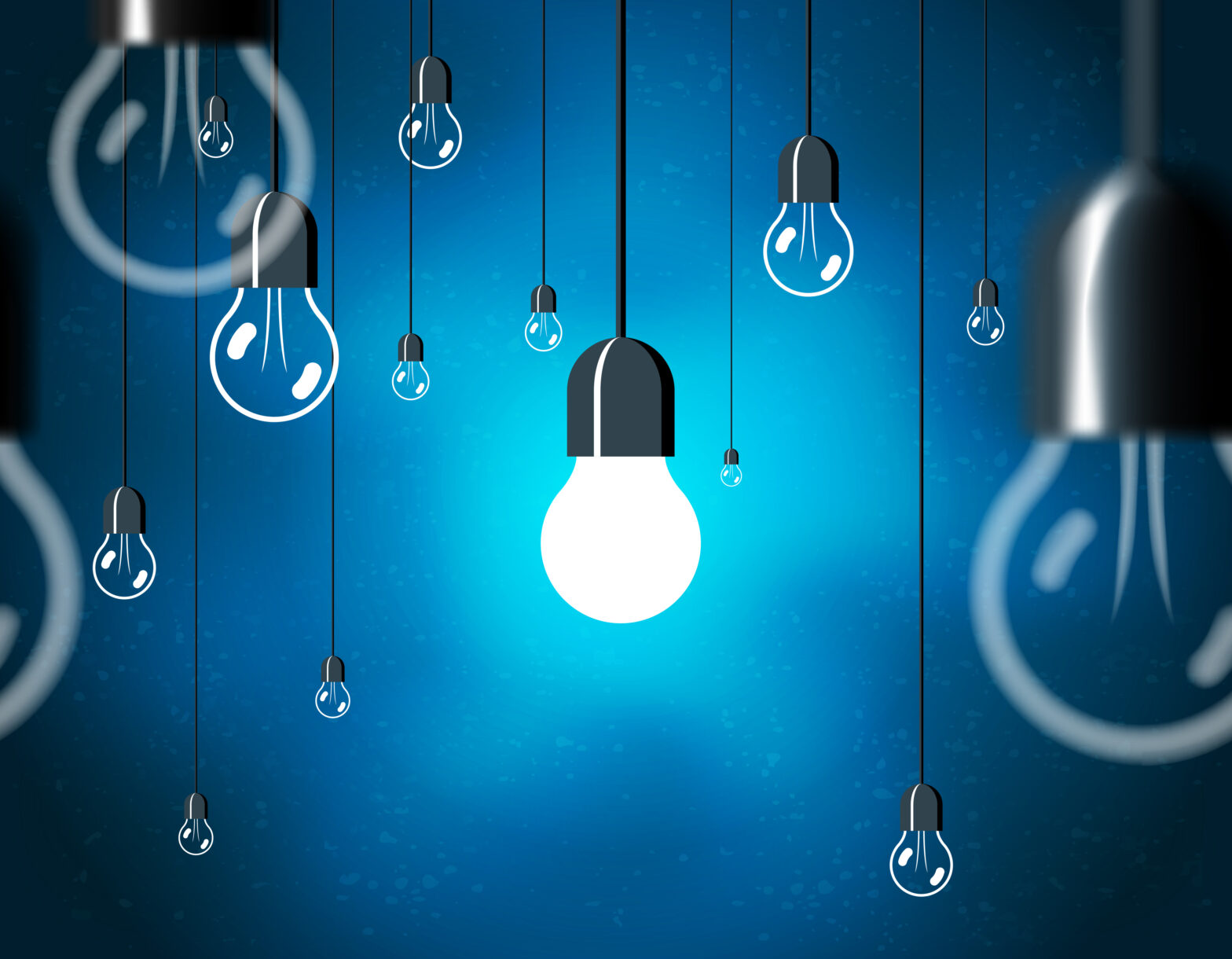Introduction
Lighting plays a critical role in our everyday comfort, safety, and functionality. Imagine the inconvenience if your bedroom lights suddenly went out while reading your favourite novel. Or think of the problems you’d face if your exterior patio lights started flickering right after a downpour. These are common lighting problems, but the solution isn’t always replacing the bulb. Often, simple fixes like tightening the bulb or using waterproof fixtures can resolve the issue.
Imagine the inconvenience it would be if your bedroom lights suddenly went out while you were reading your favourite novel. Or wonder about the problems you will face if the exterior patio lights start flickering all of a sudden, right after a downpour. Most people think that any problem with their lights means a straightaway replacement. But that’s not the solution, and not for all cases!
Sometimes, tightening the bulb can prevent flickering, or using a waterproof lamp can resolve sudden issues. In other words, the exact solution will depend on the issue you have encountered. That’s why knowing about lighting problems and their remedies can help you lead a comfortable and worry-free life. After all, no one would like to have the lamps flicker or suddenly dim.
That said, we have created a detailed guide explaining the most common issues with lights and providing the most feasible solutions.
Common Lighting Problems and Solutions You Should Know
Flickering lights
Sometimes, you will see the bulbs going on and off automatically, all by themselves. Flickering can be caused by numerous reasons, including:
- Improper electric supply to the bulbs
- Loose wiring connecting the bulbs with the main supply line
- Old and worn-out lights
Dim or weak lighting
Although using a dimmer switch can reduce the bulb’s brightness, a sudden dip in illumination is an issue. In fact, weak illumination is one of the most common lighting problems people often deal with. It happens mostly due to poor electrical supply to the bulb’s fixture. Sometimes, loose bulbs can also lead to dim lighting.
LED bulb overheating
LEDs are known for consuming the least current and generating the least heat compared to traditional CFL bulbs. But if your LEDs suddenly become overheated, it means they are taking in more power than necessary. Sometimes, it happens if the heat sink fails to dissipate the energy, causing the bulb to get overheated. Using poor-quality bulbs can also lead to this problem.
Blue light pollution
Artificial lights, LED screens, and other light sources emit excessive blue radiation. When used in open spaces without a protective enclosure, this can lead to blue light pollution. In fact, this has become one of the most concerning lighting problems in urban regions. These short wavelengths not only lead to poor vision but also interfere with nighttime visibility and concentration.
Incorrect installation of LED lights
If the LED bulbs are not installed correctly, several lighting problems can arise, including:
- Frequent blinking
- Premature failures due to overheating
- Inconsistent color shifts
- Delayed starts
- Short circuits
Corrosion problem of the exterior LED lights housing
One of the most common lighting problems people encounter is corroded housing structures for exterior bulbs. Most housings are made of iron and has no protective coating. After being exposed to various weather conditions, they develop rust or show other signs of corrosion.
The waterproofing problem of outdoor LED lights
Not using weatherproof outdoor LED lights can lead to sudden damage and premature failure. Besides, if you install these bulbs without any additional protective chamber, they may be instantly damaged after being exposed to rain.
Lights buzzing or humming.
Buzzing sound from bulbs is one of the most irritating lighting problems that can interfere with your peace and comfort. It usually happens due to various reasons, like:
- Incompatible dimmer switches
- Faulty wirings
- Poor-quality drivers
- Voltage fluctuation due to circuit overloading
- Electromagnetic interference
Solutions for lighting problem
Whether it’s the buzzing sound or corrosion, the issue needs immediate attention. Otherwise, you will end up with a much more severe problem. So, for your convenience, we have shared a few solutions for the most common lighting bulb problems.
-
Flickering lights
- The bulb needs to be tightened properly to prevent a loose electrical connection.
- Worn-out bulbs should be replaced with premium-quality ones.
- Check for loose wiring connections from the main supply.
- A voltage stabilizer should be installed to prevent sudden surges or spikes in the input voltage.
-
Humming lights
- Use dimmer switches that are compatible with the given CFL or LED bulb.
- Replacement of the ballast in case it’s a fluorescent fixture.
- Tightening of any loose part of the light fixture.
-
Insufficient or dim lighting
- Using bulbs with higher lumen ratings for more brightness
- Adding additional light sources in areas with poor visibility
- Cleaning the light fixtures and removing dust and grime.
-
Blue light pollution
- Enabling blue light filters in electronic devices
- Adjusting screen brightness at nighttime
- Using warm-toned indoor lights instead of cool-tone ones
- Installing smart LEDs with adjustable brightness
- Preventing unnecessary illumination by installing motion sensors
-
Corrosion problem
- Using stainless steel or galvanized iron housings for exterior lighting
- Installing waterproof shades to prevent corrosion due to contact with water
Preventive measures for better lighting performance
The best way to minimize the occurrences of these lighting problems is to plan and take preventive measures.
- Ensure the selected dimmer switch is compatible with the target bulb.
- The colour temperature should depend on the mood you want to set for every lighting source.
- Invest in high-quality light fixtures that can dissipate heat properly and prevent LED bulb overheating problem
- Clean all the fixtures monthly to remove dirt and grime.
- Replace the burnt-out bulbs immediately to prevent flickering lights.
- Pay attention to light positions to avoid glares or sudden brightness.
- Invest in smart lighting systems to reduce unnecessary usage of the bulbs.
When to ask for help?
You should seek help from a professional electrician if:
- The electrical wires connecting the bulbs to the main supply line are loose.
- There is a short circuit in the bulbs.
- The bulbs continue to make buzzing sound even after tightening the fixture.
- Lights are flickering even after checking the connections.
Conclusion
Solutions to different lighting problems and solutions should also be specific. So, you should first identify the root cause of the issue and decide on the best remedy. If the DIY hacks don’t work, call a skilled electrician. Also, invest in high-quality lights and fixtures to avoid these issues in the future.
FAQs
What’s the best bulb type for reducing energy costs?
Using traditional sodium-vapor bulbs can result in heavy utility bills. To lower your utility costs, replace them with premium-quality LED lights.
How do I fix a light fixture that keeps burning out bulbs?
Sometimes, replacing the existing bulb with another piece having a lower wattage rating than that of the fixture can resolve this issue. Also, check if the light fixture has loose wiring and get it corrected.
Why do the LED bulbs produce humming sounds?
Faulty wirings, sudden voltage spikes, and incompatible dimmer switches are the most common causes behind the disturbing buzzing noise you hear coming from the bulbs.
Can bad wiring cause lights to dim suddenly?
Poor or loose wiring disrupts the electrical supply to the bulb’s terminals, causing them to suddenly dim.

